Click on our logo above to view how you can increase visits
to your website using one of our advertising options.
This plants looks like a restio and then at this time of the year, bears these delicate large yellow flowers. Only occurs in the fynbos biome. Fishermen used the tough grass-like leaves to make fishing baskets.
This little Glad grows in marshy areas on the lower slopes of the mountains. This one in particular was about 25cm tall. In the evenings it attunes with its pollinator and releases a scent.
Cape edelweiss. This offbeat plant flowers profusely after fire. In the woolly ‘fluff’ it has little delicate mauve flowers which will appear from now to Jan.
These plants occur in damp areas and the intense colour is spotted easily. Flowers are glossy and are iridescent in the sun shine. Only found along the coastline of the Western Cape.
These flowers make a statement as you will notice the red pop out of the green of the fynbos. They are a favourite of the fynbos bunches sold worldwide. They occur on sandstone slopes and flats here in the Overberg.
This plant occurs on the lower gravelly slopes of mountain fynbos in this area. It is part of the Rooibos tea family. Flowers all year.
The Overberg is a unique Fynbos biome and how blessed we are to live in this magnificent area. The soils are generally poor acid soils and this sets the scene for our diverse and rich floristic companions that clothe the mountains and valleys.
Flowers of the area have adapted and evolved to attract specific pollinators and some of these are truly unique. Who would have thought that a horse flies, butterflies and tangle veined flies play a unique role in pollinating our specialized plants? We won’t forget about the iridescent sunbirds and our very special sugar bird that are attracted to the red and orange hues of the unique flora of the Overberg.
As we all know fire does play an important role in keeping our courageous fynbos healthy and vibrant, as well as a balanced ecology, and this means a fire every 10 to 14 years. Fires that occur too frequently, as well as the bio mass from alien invasive species, destroy the seed banks in the soil as well as burning immature and slow growing species.
The fynbos is under serious threat and is in danger of more species becoming extinct. So take a trip with Robyn on her Cure for Fynbos Blindness with a touch of Nectar outing and bond with the treasure and be in awe of the diversity of our area.
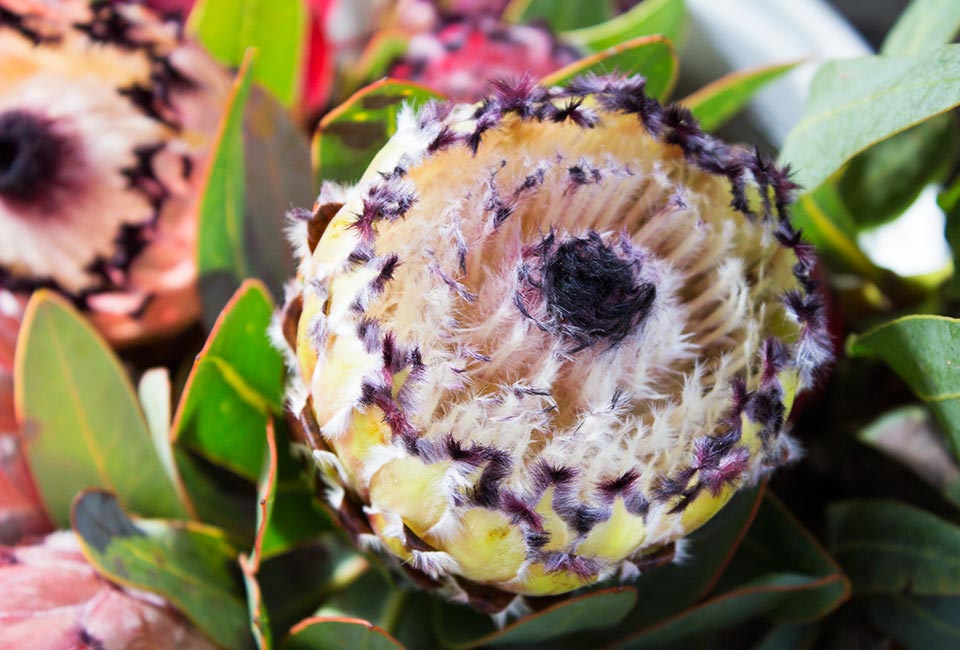 |
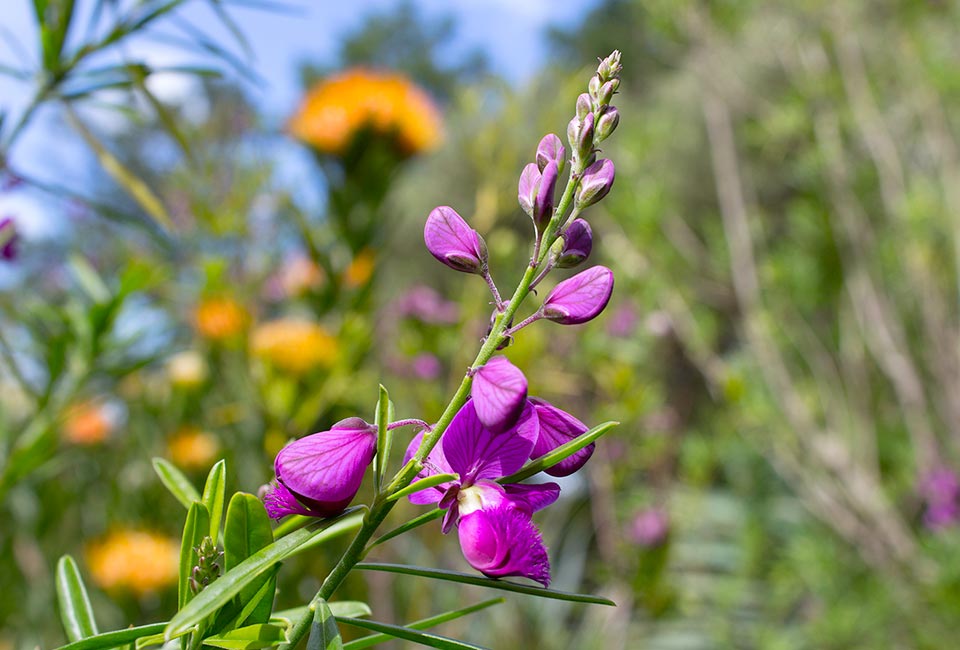 |
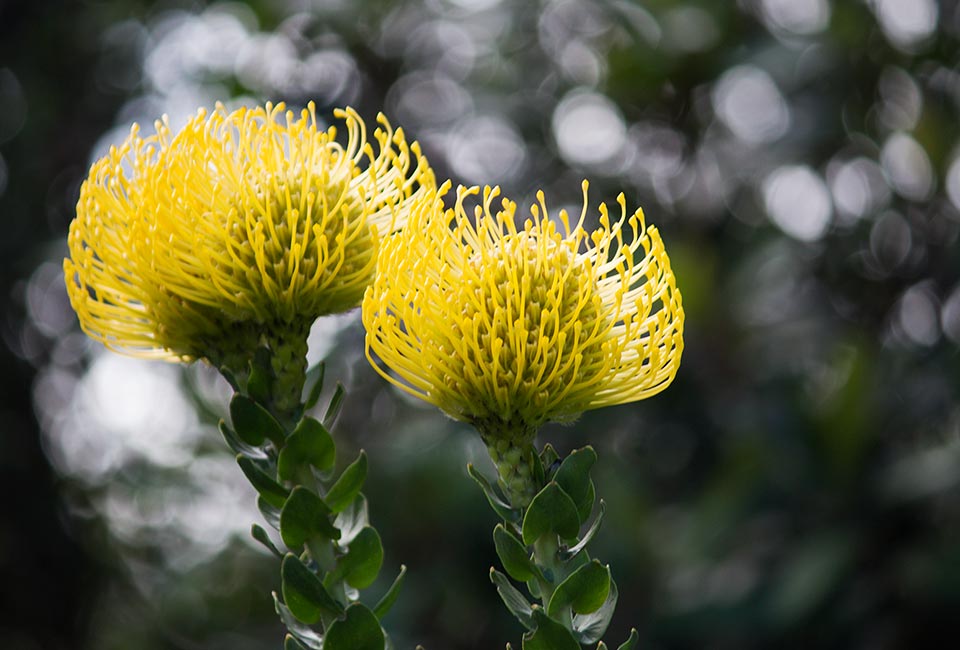 |
Fynbos (/ˈfeɪnbɒs/) is a fascinating species that is prevalent in South Africa, covering it in a colourful display of endemic beauty; reaching from the peaks of our mountains to the sandy shores of our bays. The Cape Floral Kingdom (CFK) boasts over 9 000 species of flora, of which 70% are endemic to South Africa. These species give our country’s landscape a diversity that’s rarely seen anywhere else, offering visitors and locals alike the chance to experience large amounts of Fynbos within small and easily reached areas. Due to this abundance the CFK has been named one of the six floral kingdoms in the world, even though it’s the smallest of the group (around 90 000km2 area).
What is Fynbos?
Fynbos acquired its name from the Dutch word fijnbosch, meaning “fine bush”. Fynbos is a massively varied species, with each subspecies differing hugely as a result of the high rate at which the species give way to each other across environmental and geographical gradients. Due to the diversity of the subspecies it’s always a good idea to know about a few of the main Fynbos types that you will probably come across.
Proteaceae: This subspecies includes genera such as the Protea, Pincushion and Silver Tree proteas, all of which have large, hard and almost leathery leaves and large, colourful blooms.
Ericaceae: The Ericaceae includes more species of Erica than all other regions combined. This subspecies is recognised by its many small, tubular or globular flowers and small, tough (sclerophyllous) leaves, similar to those of heather.
Restionaceae: This type of Fynbos is extremely grasslike in appearance and grows in mostly wet areas, with minute flowers that are arrayed in spikelets along the stems of the plant. Restioids also predominantly make up the structure of almost every other Fynbos and therefore it is seen as the most important subspecies in the genre.
Fynbos in Hermanus
Within the Hermanus area you’ll be able to find a large variety of Fynbos scattered throughout the town and surrounds. The Fernkloof Nature Reserve, situated in the Voelklip area, is known as the best place to go in Hermanus for all things Fynbos. The reserves boasts over 1 474 species of Fynbos, with the numbers growing every year. In the reserve you’ll find information boards, well-kept hiking trails and even a waterfall, and no matter where you go in the reserve you will always be surrounded by these endemic floral displays.
Around Hermanus you will also find pockets of beautiful Fynbos, especially along the Cliff Path and outer areas of the town.
Fynbos & Fire
An interesting fact about Fynbos is that it uses fires to spread its seeds, as fires free up space into which the seeds can germinate or new plants can sprout. This post-fire environment has more available nutrients reintroduced from the ash, a more sufficient source of light and fewer “nibblers” (mice, ants and other animals and insects), giving the seedlings the perfect environment to thrive in. One of the subspecies called Geophyte is a special class of resprouter, with storage organs underground that are opened after a fire and spread copious amounts of seeds into the open surroundings.
However, fires are not always a good things for Fynbos. If there are too many fires, too frequently and within too short a time period then certain Fynbos in the area will not regrow. This is why reserves are so stringent with their non-smoking rules within Fynbos populated areas. Overall though, Fynbos is a hardy plant that is capable of growing almost anywhere.
For more information on Fynbos and the other blooms in the area feel free to visit the Fernkloof Nature Reserve site.
Our Flowers
Click any one of the blocks below to read more about the flower and its habitat
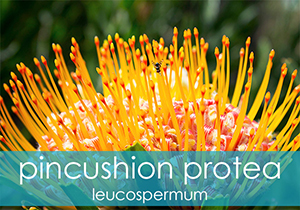 |
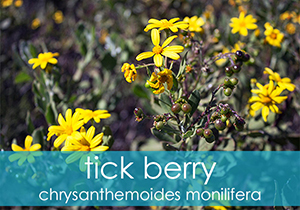 |
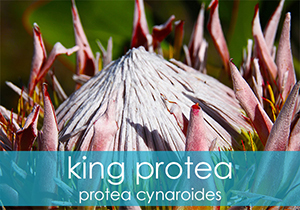 |
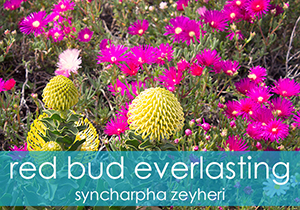 |
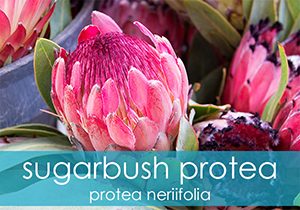 |
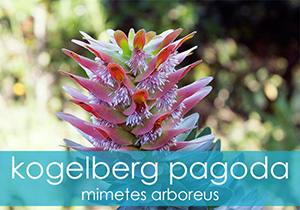 |
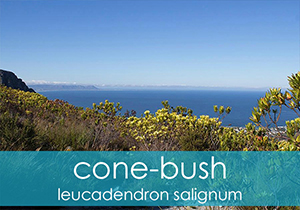 |
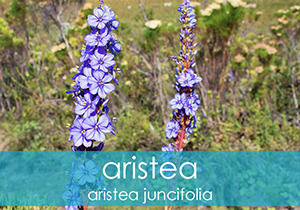 |
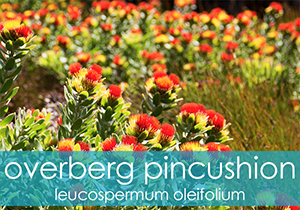 |
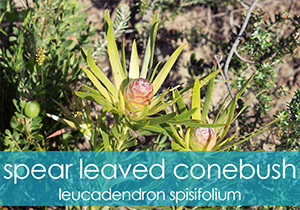 |
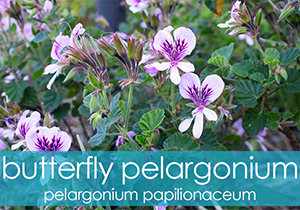 |
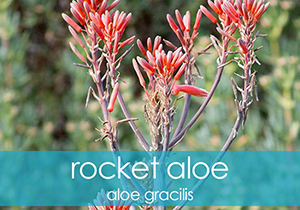 |
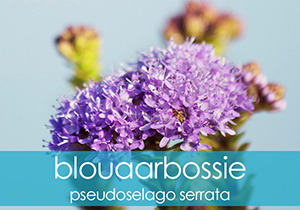 |
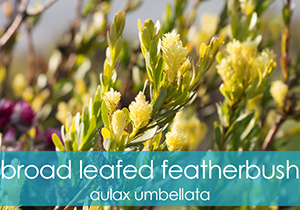 |
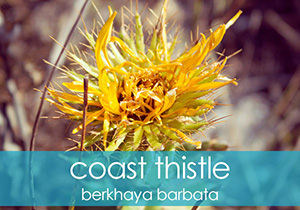 |
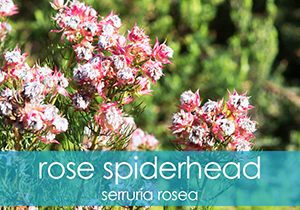 |